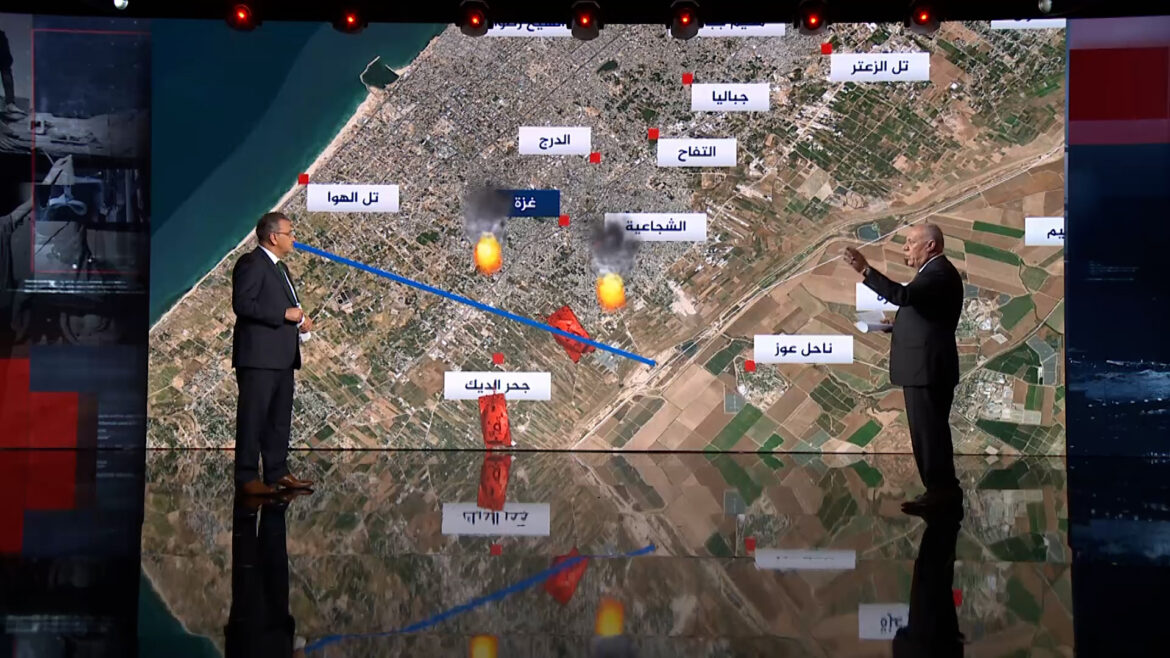The military and strategic expert, Major General Fayez Al-Duwairi, described the Israeli occupation army as lacking individual skill at the levels of commanders, non-commissioned officers, and officers, noting that the resistance in northern Gaza has turned into a new stage in the fighting.
Al-Duwairi commented on the refusal of Israeli reserve soldiers to participate in the fighting in the Gaza Strip, saying that “this is an indicator of weakness,” and that the training foundations since 2006 are no longer the same after adopting different approaches that focus on elite forces, especially the air force and elite forces, in exchange for a decline in interest in the ground forces. .
Al-Duwairi pointed out that the operational tactical exercises did not focus on the ground forces, “so the performance of officers, non-commissioned officers and soldiers declined,” noting that these soldiers were brought to guard the settlements in the Gaza Strip on a defensive mission, but they did not return to perform offensive roles.
He added that the reserve soldier knows with certainty that if he enters Gaza, he will not return alive, “so he criticizes, rejects, and rebels in order to remain alive, and his excuse is that he did not receive training.”
Al-Duwairi’s comment came after Israeli radio revealed that reserve soldiers who refused to participate in the fighting in the Gaza Strip spoke of serious gaps in the level of training.
A new resistance tactic
In a related context, the military expert said that the resistance in the northern Gaza Strip has begun to move into a stage of exhaustion and thickening of the occupation forces, which will re-enter the region when they obtain intelligence information regarding the prisoners and others.
Al-Duwairi added that these goals are an incentive to enter and push the forces, “and therefore the resistance’s mission is to set up ambushes and lure the forces invading the killing areas,” where the occupation will incur a bill equal to or greater than the one it was paying in the context of the combat battle.
He pointed out that the southern border of the Northern Strip, which meets the northern border of Wadi Gaza (Juhr al-Dik and the outskirts of the Zaytoun neighborhood and Tal al-Hawa), is where the occupation forces are subjected to elaborate ambushes, so they resorted to fire dams and refrained from entering them for days.
He stressed that the defensive and combat roles of the brigades under the Qassam brigades had been redrawn after they were distributed along geographical lines, as the Shuja’iya Battalion was obligated to defend the Shuja’iya neighborhood only, but its roles have now expanded to defend the Al-Tuffah and Al-Daraj neighborhoods.
The Beit Hanoun Battalion’s defensive mission also differed, and it shifted from confrontational combat to “operating behind the lines of the occupation forces.”



